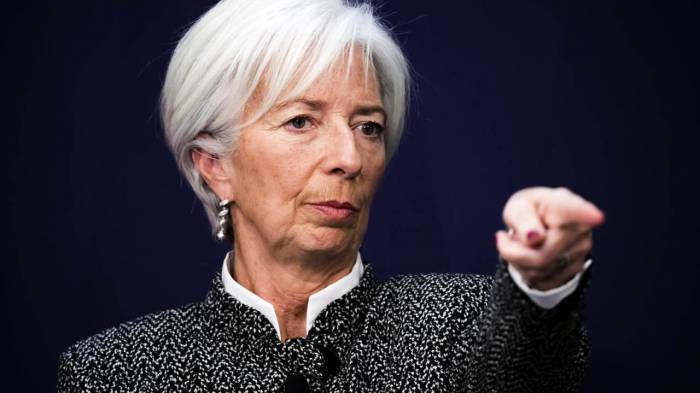While regulators can see the benefits of crypto-assets, they are primarily concerned about their decentralised nature and the bypassing of central banks. This transactional anonymity makes them similar to cash transactions, and offers a potentially new vehicle for money laundering and the financing of terrorism.
However, regulators are taking a broad view that regulation needs to balance the dynamics of consumer protection, anti-money laundering and financial stability, while fostering opportunity.
The lack of regulatory clarity around cryptocurrencies means some countries ban them, others jump on the opportunity, but most have a wait-and-see approach to how regulations will work out before acting. For instance, in Chile banks have essentially shut down their operation, while Australia decreed cryptocurrency exchanges must abide by new anti-money laundering rules and European Union countries are studying the options.
The United States presents a more confusing picture. Various regulators approach crypto as commodities, property and money, while the New York State Department of Financial Services tried to issue separate bit licences. Luke Seaman, head of digital policy at Cicero Group in London, says: “Regulators are looking to put things into existing buckets. So you have a situation in the United States where they are looking at crypto five ways from Sunday.”
Dr Luka Müller-Studer, legal partner at Swiss law firm MME in Zurich, says: “Specialised regulatory units have a very profound knowledge of this subject, but this is not necessarily shared in the upper levels of decision-making and politics. They talk using buzzwords, but lack the sufficient knowledge. There needs to be more legal certainty.”
Since crypto-assets know no borders, the framework to regulate them must be global and international co-operation is indispensable.
The G20 is currently gathering data and will offer “very concrete, very specific recommendations” in July, ahead of their November 2018 summit in Argentina, according to Argentina’s central bank chief Frederico Sturzenegger. However, some of the most crypto-associated blockchain-friendly jurisdictions, such as Switzerland, Singapore, Gibraltar and Bermuda, are not G20 members, which may be a factor limiting the impact of any co-operation.
The Financial Stability Board (FSB) and the Financial Action Task Force (FATF) are leading the regulatory efforts. The FSB, under the chairmanship of Bank of England governor Mark Carney, is looking at what new rules might be needed.
While the Paris-based FATF, a body setting standards for the fight against money laundering and financing terrorism, has provided guidance to countries on how to deal with cryptocurrencies and other electronic assets. Based on FATF standards, the IMF has conducted 65 assessments of countries’ regulatory frameworks and provided capacity development assistance to 120 countries.
Regulators do not seem to be in a hurry to put forward firm proposals or regulation and this may not be a bad thing. In March, FSB board chairman Mr Carney wrote: “The FSB’s initial assessment is that crypto-assets do not pose risks to global financial stability at this time.”
Simon Taylor, co-founder at 11:FS in London, says: “We are in a period of calm. The next six to twelve months will be a consultative period and next year I think we will have policies on the table to consider. However, there is pressure and the regulators will want to point to something they are doing by the close of the year.”
Dr Müller-Studer explains: “A pragmatic approach is needed. We should be open, technology friendly, but closely monitoring developments, learning the process step by step and then looking at how we best set up a regulatory framework. It need not be centralised, but it should ensure a fair and transparent market.”
This means looking closely at how secondary markets are regulated and defining fundamental legal concepts, including property, identity, title, personality and contract. It also means looking closely at the other side of regulation, namely legal enforcement.
There are know-your-customer requirements, but regulatory and supervisory technology can use the likes of distributed ledger technology, biometrics, artificial intelligence and cryptography. Mr Taylor says: “Regulators cannot be technology agnostics. While there are parallels to past innovations, this is a sea-change and calls for a rethink.”
However, some do sense the need for urgency. A recent Fleishman Hillard report, Fintech in 2018: The Fads, the Fears and the Future, warned: “ICOs [initial coin offerings] represent more risk than opportunity and regulators need to step in before disaster strikes.”
Cicero Group’s Mr Seaman advises against any dystopic thinking by regulators. He says: “I would worry about an ever-increasing desire to be seen to be clamping down, as it will push the action further underground. People prefer legitimacy, but they can go underground. We need engagement; it is a complex subject and we need a 360-degree view. The urgency is the need to see the situation in totality.”
Regulation of crypto-assets is currently being approached with patience and, if done correctly, should end up balancing the need for legal protection with the commercial opportunities this new market offers.
Read the original article on raconteur.net.
More about: cryptocurrency
















































